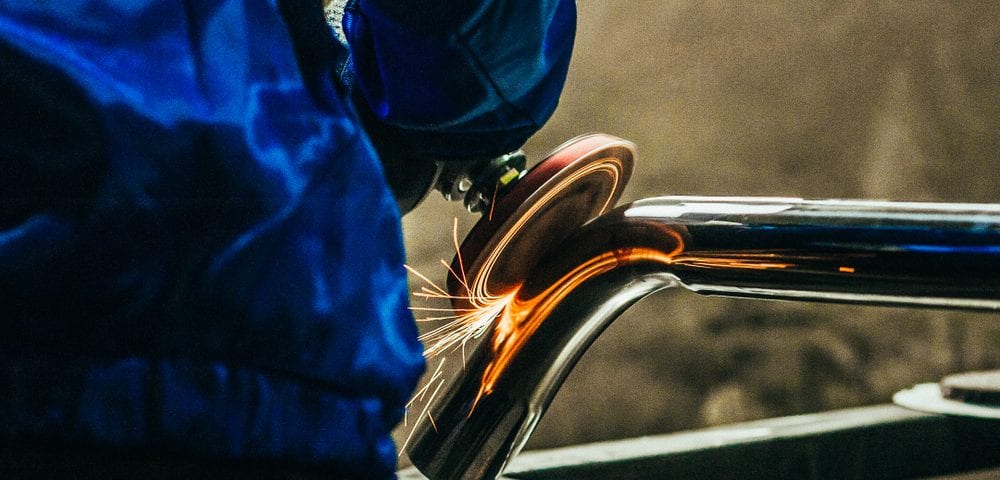How and Why Steel and Metal Polishing Are Performed, Part 1

Comparing Stainless and Galvanized Steel Properties, Part 2
September 25, 2020
How and Why Steel and Metal Polishing Are Performed, Part 2
October 9, 2020For a variety of metal projects, including many that involve steel, aesthetics are a major consideration. Such projects will often require a few different processes to improve these aesthetics, one of which is the metal polishing process.
At Wasatch Steel, we’re proud to offer not only numerous steel sheet, steel bar and a variety of other steel products, but also assistance with a range of steel services and processes. We’re often asked about steel and metal polishing – why they’re done, what kinds of projects and alloys they’re best for, and the materials required to perform this task. In this two-part blog, we’ll go over everything you need to know about this process.
Why It’s Done
Put simply, metal polishing describes one of several finishing processes that may be performed on a given metal. It’s meant to improve the surface quality and make it more lustrous, often required for metals that will be displayed in public areas of any kind. In many such cases, buffing will also be done along with polishing to create the smoothest finish possible.
In addition, metal polishing is often performed to improve the quality of the metal as well. It removes surface contaminants through abrasive method, for one, plus is known to reduce any risks of corrosion on the metal by limiting the size and amount of crevices present on the surface.
Finally, there are some situations where metals will be polished to allow for better inspection of the crystal structures, discontinuities or defects.
Hand Polishing
The simplest and oldest method of metal polishing is hand polishing, where the abrasive material (more on these in part two) is applied directly by hand. As you may have assumed, however, this process is limited in its effectiveness, especially as you get to larger projects – these will simply take a very long time to perform purely by hand, and this is not common for such projects.
Mechanical Polishing
Rather, the far more common steel and metal polishing process today is mechanical, where one of a few different tools is used to apply the rubbing motion of an abrasive to the metal surface. One such tool is a belt sanding machine; another is a handheld power tool, such as an angle grinder or drill. For other larger applications, specific polishing machines will be used: These are basically turntables that have strong abrasive papers attached to them, allowing them to perform the rubbing motion with significant strength and consistency.
For more on the metal and steel polishing process and why it’s so important for many steel projects, or to learn about any of our steel products or services, speak to the staff at Wasatch Steel today.



